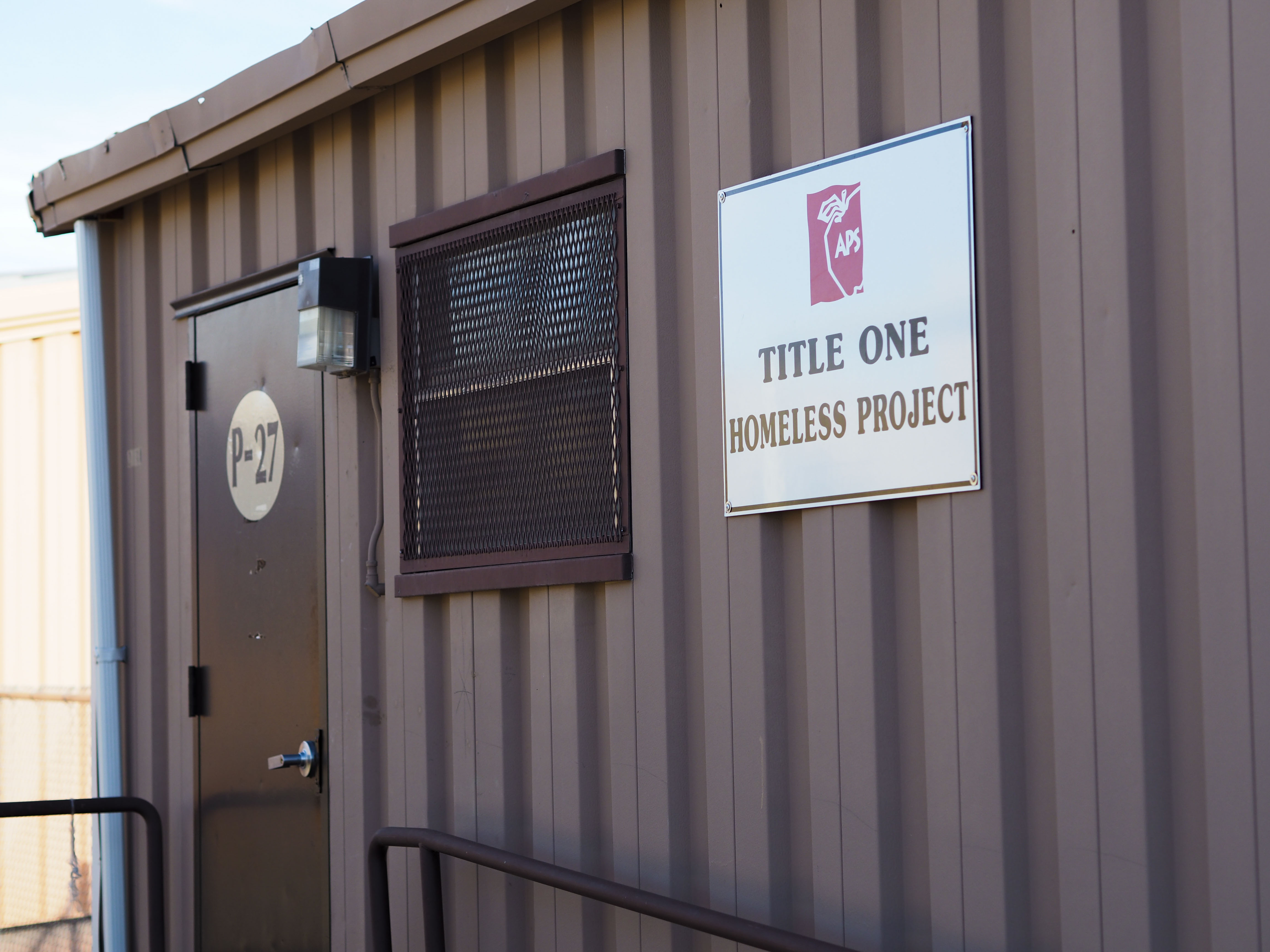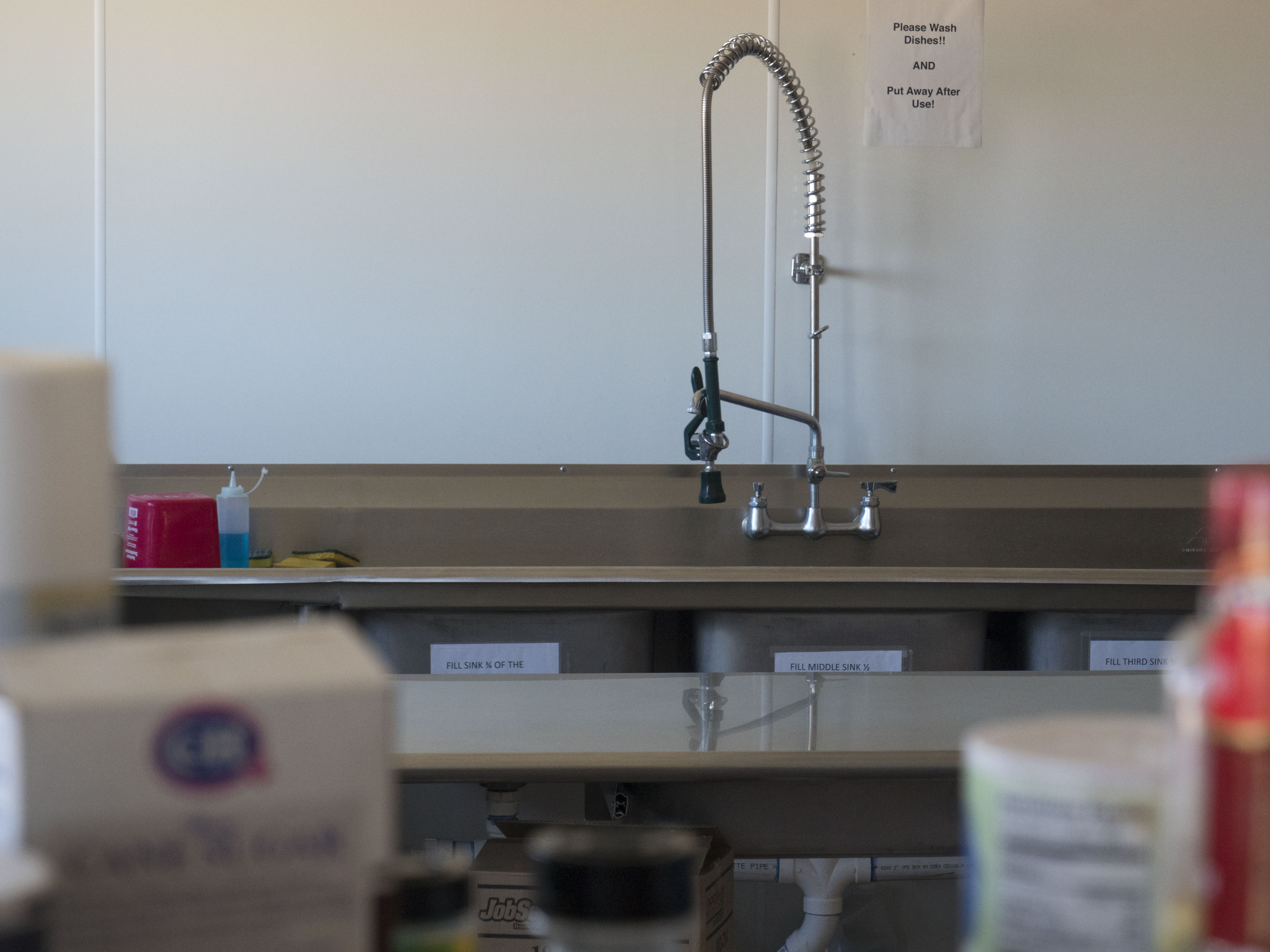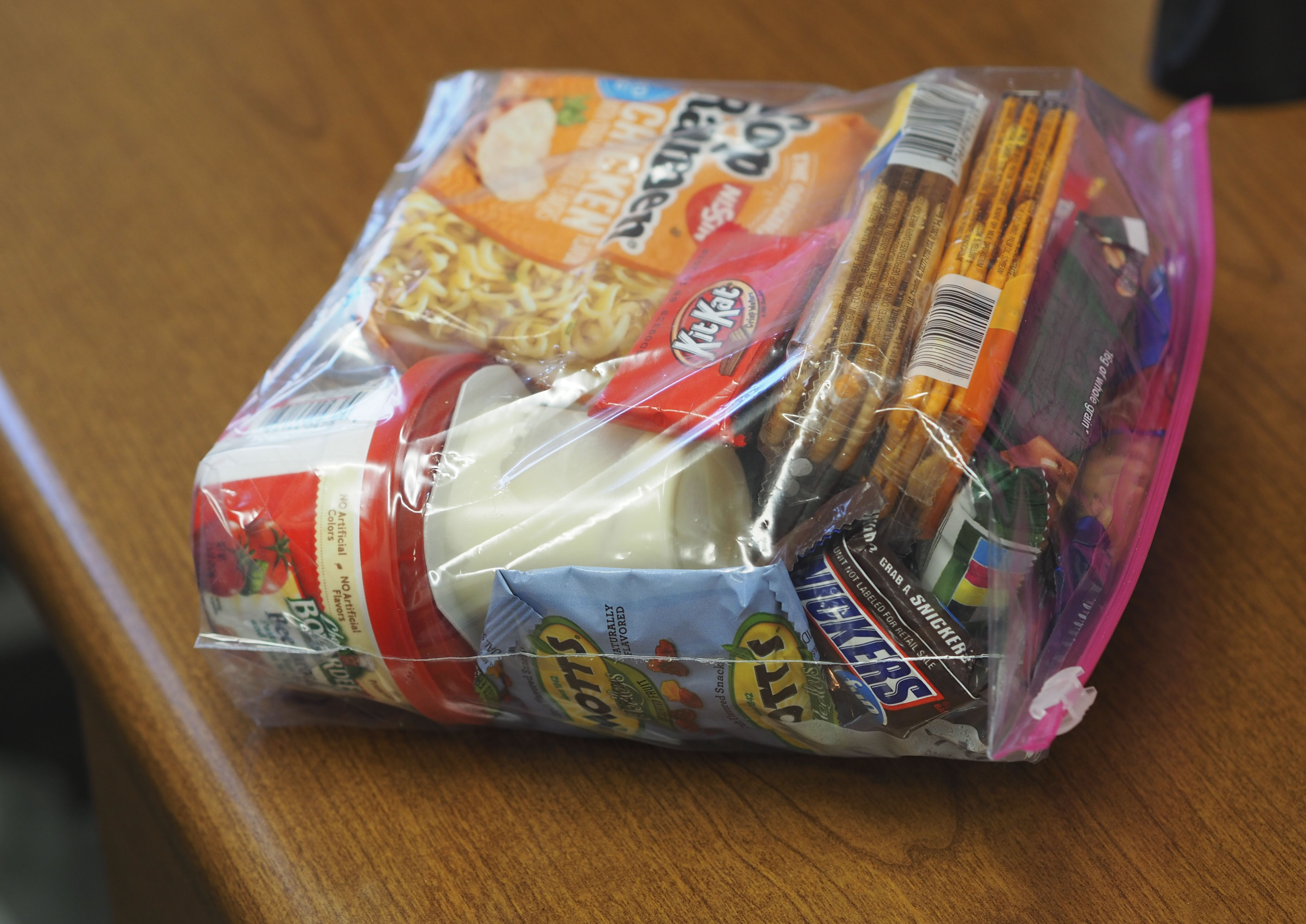By Christian Marquez / NM News Port /
Nicole Leyba saw human misery while working with Rohingya refugees in Myanmar, but after she came home to Albuquerque she encountered another group in crisis when she took a job at New Day Youth and Family Services, a runaway and homeless youth shelter.
“I had no idea that young people were suffering so much in our country,” she said. “We have so many teenagers and kids that are just suffering mentally and emotionally in a way that is just beyond unimaginable.”
New Day is a resource center in Albuquerque specializing in helping homeless youth and families. At New Day, Leyba is the outreach and aftercare coordinator. Her role has her bouncing between the office and outreach on the street, seeking out kids who need help and checking on the ones who have moved on in their lives.
When a runaway comes in, the staff at New Day have 21 days to work with them before they have to be discharged. She works with the youth during this time to identify needs, and create a plan of action.
Leyba’s first focus is on finding the kids a stable living space, whether it be onsite at the temporary safehouse, or New Day’s transitional apartments for those 17-21 years old, or through a referral to an outside source, she said. The second priority is getting them back in school.
The Fight for Stability in Public School
According to the latest data available from the New Mexico Public Education Department, there were 11,210 homeless students enrolled in New Mexico schools in the 2016-2017 school year, 4,245 in Albuquerque Public Schools. For APS this meant an increase of 40 percent from last year.

As liaison for the Title I Homeless Project at Albuquerque Public Schools, Patrick Scott works with the schools in his district to ensure proper implementation and awareness of the McKinney-Vento Act and the rights that it guarantees.
The act created a federal assistance program for schools serving homeless students. The amended act also broadened the definition of homelessness to include a range of situations not previously considered, including staying with friends, living in cars, couch-surfing and living in shelters or motels.
To address student homelessness, APS was awarded $67,000 for the 2017-2018 school year in McKinney-Vento funding after Scott filed an application for a subgrant that included the district’s comprehensive plan for implementation.
“It won’t cover nearly what we need to do a comprehensive program,” Scott said.
The federal funding is available on the condition that the district also contributes Title I funds.
“If you as a district accept that money you are required by law to set aside some Title I funding to add to the program. Our district has made a substantial contribution to our program,” Scott said.
APS Title 1 Department matched the federal grant by adding $1,057,196 to the fund for the Homeless Project for the same time period.
New Day and APS in Collaboration for “Student Rights”
Katie Hellebust is the Life Skills Academy Program manager at New Day. The Life Skills Academy is focused on building the everyday skills that young people who are homeless need to be successful.
The state could do more to help, she said.

“I think it’s lack of awareness on everyone’s end, of all the different factors that do play into young people experiencing homelessness or their families,” Hellebust said. “ A lot of information isn’t passed along to teachers, families, and students that really support and broaden awareness of these issues.”
According to Hellebust, the public schools could be doing a lot more to inform teachers and other staff about the law and the rights that it guarantees, something that she said she noticed when previously working as a teacher.
At APS, Scott is working with his staff to solve that issue.
The Homeless Project has a staff of 18 outreach workers, which would not be possible without the funding from the district, Scott said. Their jobs are crucial to the operation, each is assigned 10-15 schools that they visit weekly.
“We’re making personal contact with those students or families and a big part of what we’re doing is conveying their educational rights,” Scott said.
The McKinney-Vento act grants specific rights to students in situations of homelessness. According to the act,these students have the right to stay enrolled at their school of origin regardless of the zone they currently reside in, the district must help to ensure transportation to and from school even if buses do not reach them, and schools must register the students even if they do not have access to all of the required documentation such as immunization records or proof of residence.
In addition to helping the students exercise these rights, the Homeless Project helps to provide school supplies, clothing, free lunches, and other needs-based resources. They even maintain a small amount of food in an emergency food bank, Scott said.
“We wouldn’t be able to identify and support nearly the number of kids that we can if we weren’t able to get into the schools weekly,” he said.
To make more progress beyond what is currently being done, New Mexico needs to improve its overall commitment to child welfare, Scott said.

“Some of the initiatives that have been put forth in the legislature that haven’t gone through would be helpful, like universal Pre-K and early childhood education,” he said.
This is in reference to New Mexico House Joint Resolution 1, a proposed constitutional amendment that would increase the annual distribution from the Land Grant Permanent Fund from 5 percent to 6 percent, with most of the new money going to early childhood education. It passed the house but died in the state senate during the recently-concluded 2018 legislative session.
McKinney-Vento has rules to ensure that students who are homeless are able to enroll in kindergarten through 12th grade. Pre-K and charter schools are not bound by the same rules and can deny a student’s enrollment despite their status or school of origin.
“We’re not even just talking about here in Albuquerque, but statewide,” Scott said, “To be able to get access to education early would be really beneficial.”
The Children are the Champions
It’s easy to get caught up in the massive scope of the issue, Leyba said, but making a difference is still possible.
“Making an impact in these young people’s lives is a lot simpler than people realize,” Leyba said. “You can make a difference just by noticing.”
Leyba shys from taking any sort of credit for the strides being made by the youth that she works with and said the credit is due to the effort of the young people on their own behalf.
“I just come to work and then I go home and sleep on my bed,” she said, “These young people are the ones who are coming from the dirt, the bottom, and they’re taking themselves out of a hole. They are the champions.”
Follow Christian on Twitter